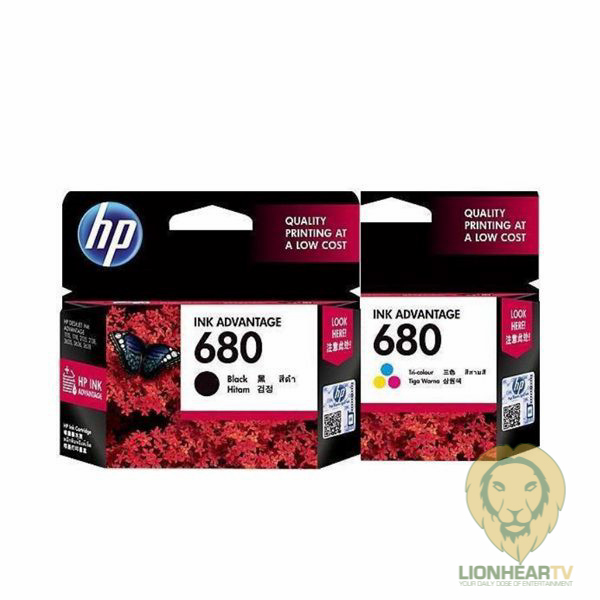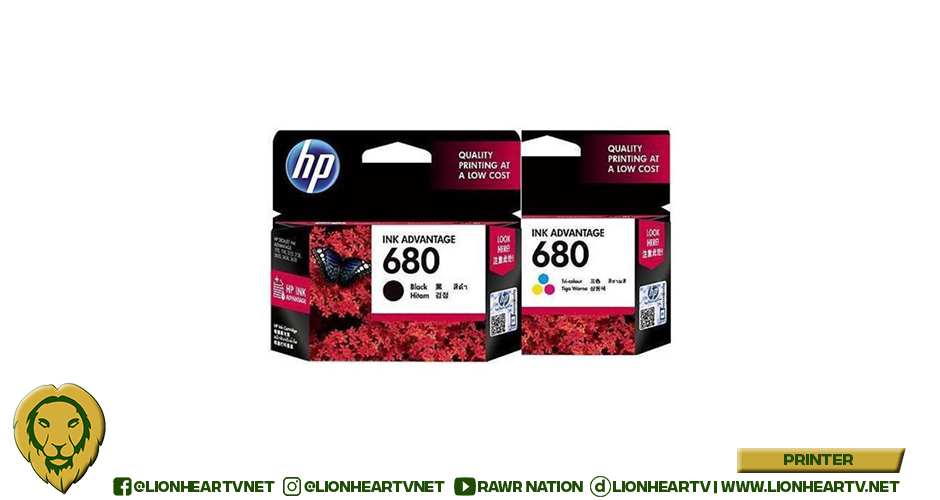As any responsible car owner would know, putting the wrong type of fuel in your car’s tank will cause irreparable damage to the engine. The same can be said by using imitation or fake inks which is why HP has advocated the use of only original inks in its printers, not just for quality printing and to prolong the life of the printer, but also to protect against possible health risks and further harming the environment.
Besides being a major cause of printer malfunction, not too many people realize that using counterfeit inks can also be detrimental to one’s health. In fact, the risks involved in using these fake products are actually quite long and concerning. Here’s a brief summary of these risks for the information of the public.

First and possibly known by most, is the fact that non-genuine inks may indeed be a cheaper alternative but in the long run, will actually cost the user more, as the damage it will cause the printer will be quite significant. Toner leaks and clogging the printer heads are a common occurrence when using fake inks. A technical study done by Market Strategies International reveals that out of the 71,231 printers that are normally serviced in the course of a year, 28% are actually caused by the use of non-original inks. Non-genuine inks are manufactured using inferior materials which normally cracks and leaks, thus causing permanent damage to the printer’s internal hardware.
Besides this, the use of non-original inks also voids the warranty of the printer. It would be such a waste to spend on a good HP printer but then scrimp on using original inks. Using imitation inks forfeits the chances of getting quality technical support which cover printer warranties. Users, more often than not, pay much higher fees to have their printers repaired, when it breaks down.
Another risk of using counterfeit inks is its poor quality print outs. HP printers are designed to work with specific color configurations and using non-genuine inks greatly affects its print quality.
The next risk, which is probably the most important, is the fact that fake inks are known to use Total Volatile Organic Compounds (TVOC) with high levels of styrene, both of which are known carcinogens. It would be difficult to determine just how much TVOC and Styrene these imitation products contain as they are manufactured without any quality control measures and are largely unregulated.
And finally, counterfeit ink cartridges are not properly disposed, thus adding even more e-waste in landfills.
Still interested in using fake ink cartridges? Hopefully not, as the risks of using such far outweigh its perceived advantages (if there is even any).


